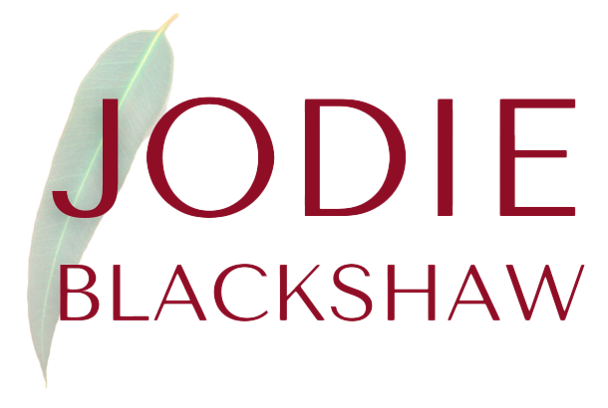NOTES TO THE CONDUCTOR
LETTER FROM SADO
How do I compose the opening and closing Soundscapes?
Don't panic! I've written this article on how you can easily fit this into your rehearsal schedule and keep it fresh each time!
you'll need the FREE teaching resources "Form" and "Texture" Stencil provided below.
contact me if you have any questions - YES! I am a LIVE, breathing, communicable human being.
“Sado” refers to Sado Island; “Heaven’s River” is a Japanese phrase referring to the Milky Way. In the research for this piece, it became intriguing that in the translation of Haiku poetry, there could be many alternate variations and interpretations of the literal translation from the Japanese to English language. I was also inspired by the depth of Haiku poetry, i.e., you could read the poetry at various levels, and the more you understood the framework of this delicate art form, the more revealing it became. The parallels to music were very clear.
Also, Sado (as in Sado Island, located of the West coast off the Northern Island of Japan) is a very intriguing place. It hosts rare and beautiful forests, unusual topography, misty mountain ranges as well as curious rock formations and a long fat plain right through the middle of the island itself. Historically, it is a place where gold was mined and various artists, religious and military leaders were sent in exile. Today, it is a culturally rich island with two famous Taiko drumming groups. It was often said that people “found themselves” during their solitary confinement on Sado Island.
To capture the idea of interpretation and the concept of “reading between the lines,” the students are invited to become decision makers about particular sections in the music. For example, the opening and closing sections of the piece use the same material,which is a selection of repeated melodic figures. The students themselves decide how to play these figures as individuals, in small teams and then as a whole band. Their decisions include ideas regarding tempo (how fast?), dynamics (how loud?), and articulation (smooth, short, or hard?). To inspire them, we use the Haiku poem; i.e., the opening section invites the students to play the material as if it were a “stormy, wild sea” and the closing section invites the students to play the same melodic figures but this time, draw their inspiration from “Heaven’s River,” or as we know it, the Milky Way. In between, there is an elaborate, heavily textured section that becomes increasingly powerful. The music doesn’t rest harmonically until the whole band plays in unison. These multiple layers of sound represent the many thoughts and ideas that would have surrounded those individuals sent to Sado Island in exile, the final unison is representative of their own breakthrough experience sending them on a pathway to inner peace and acceptance.
Haiku reprinted by permission from Bashō’s Haiku: Selected Poems of Matsuo Bashō by Matsuo Bashō, translated by David Landis Barnhill, the State University of New York Press ©2004, State University of New York. All rights reserved.
Make a taiko drum!
Letter from Sado uses these drums and they sound fantastic! All you need is a car tyre & packing tape.
The clip on the left is taken from a set of short tutorials that show you how to make a drum. The clip on the right is someone who has made one and is playing it. Too much fun!
ADDITIONAL RESOURCES
WHAT IS A “COLOUR WHEEL” SCORE?
Instrumentation is divided into teams. The makeup of each team in 'Letter from Sado' deliberately blends instrumental timbres and invites your budding young musicians to listen outside of their section. This will enhance intonation, balance and tone.










